Economics Definition Business Cycle

Imagine a bustling marketplace, overflowing with vendors hawking their wares. Some days, the air is thick with excitement, deals are struck left and right, and everyone seems to be thriving. Other days, a pall hangs over the stalls. Customers are scarce, and vendors look anxiously at their unsold goods. This ebb and flow, this constant shifting of fortunes, is a reflection, in microcosm, of the much larger phenomenon known as the business cycle.
The business cycle is a fundamental concept in economics, representing the recurring fluctuations in economic activity that an economy experiences over time. Understanding it is crucial for businesses, policymakers, and individuals alike, as it helps us navigate the inevitable ups and downs of the economic landscape.
Economics: The Study of Choices
Before diving deeper into the business cycle, it's important to understand the broader field of economics. Simply put, economics is the study of how societies allocate scarce resources. It examines how individuals, businesses, and governments make decisions in the face of scarcity, analyzing the production, distribution, and consumption of goods and services.
Economics encompasses a wide range of topics, from microeconomics (the study of individual decision-making) to macroeconomics (the study of the economy as a whole). The business cycle falls squarely within the realm of macroeconomics.
The Business Cycle: A Rollercoaster Ride
The business cycle is characterized by periods of economic expansion (growth) and contraction (recession). These phases are not regular or predictable, but they generally follow a pattern. We can identify four distinct stages:
Expansion
This phase is marked by increasing economic activity. Employment rises, consumer spending increases, businesses invest more, and overall confidence is high.
Gross Domestic Product (GDP), a measure of the total value of goods and services produced in an economy, is on the rise during this period.
Peak
The peak represents the highest point of economic activity in a cycle. At this point, the economy is operating at or near its full potential, and resources are often stretched thin.
Inflation may begin to creep in as demand outstrips supply.
Contraction (Recession)
This phase is characterized by declining economic activity. Employment falls, consumer spending decreases, businesses cut back on investment, and confidence plummets.
A recession is generally defined as two consecutive quarters of negative GDP growth.
Trough
The trough represents the lowest point of economic activity in a cycle. At this point, the economy is at its weakest, and unemployment is typically high.
However, this phase also sets the stage for the next expansion.
Why Does the Business Cycle Happen?
There is no single, universally accepted explanation for why the business cycle occurs. Instead, economists point to a variety of factors that can contribute to these fluctuations. These include changes in:
- Consumer and business confidence: Optimism and pessimism can drive spending and investment decisions, amplifying economic trends.
- Interest rates: Lower interest rates encourage borrowing and spending, while higher rates can dampen economic activity.
- Government policies: Fiscal policy (government spending and taxation) and monetary policy (central bank actions to control the money supply) can influence the business cycle.
- External shocks: Unexpected events, such as natural disasters or global pandemics, can disrupt economic activity.
"The business cycle is not dead. It is alive and kicking." - Richard Koo, economist
Navigating the Economic Landscape
Understanding the business cycle is not just an academic exercise. It has practical implications for businesses, policymakers, and individuals.
Businesses can use their understanding of the business cycle to make informed decisions about investment, hiring, and inventory management. Policymakers can use fiscal and monetary policy tools to try to smooth out the cycle and mitigate the negative effects of recessions.
Individuals can use their understanding of the cycle to make informed decisions about saving, investing, and career planning. For example, it is important to prepare for potential job losses during recessions by building up an emergency fund.
The business cycle reminds us that economic progress is rarely a straight line. There will be times of growth and times of contraction. But by understanding the underlying dynamics of the cycle, we can better prepare for the future and make informed decisions that benefit ourselves, our communities, and the economy as a whole. The journey is not always smooth, but with knowledge and preparedness, we can navigate the economic landscape with greater confidence.

.png)
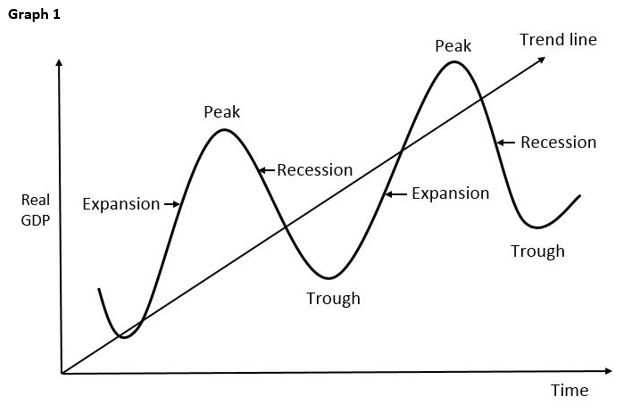


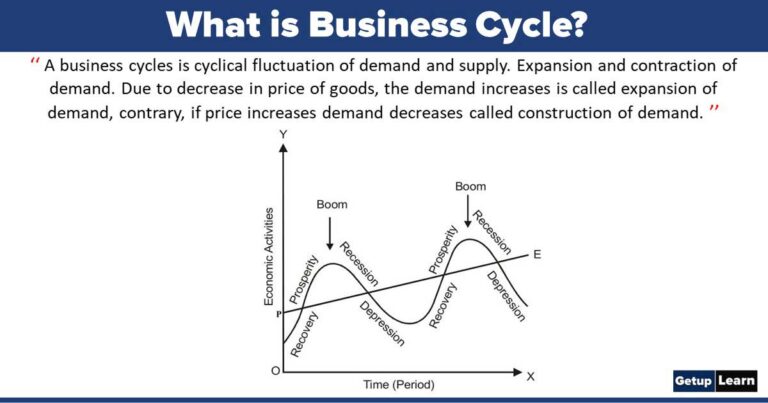
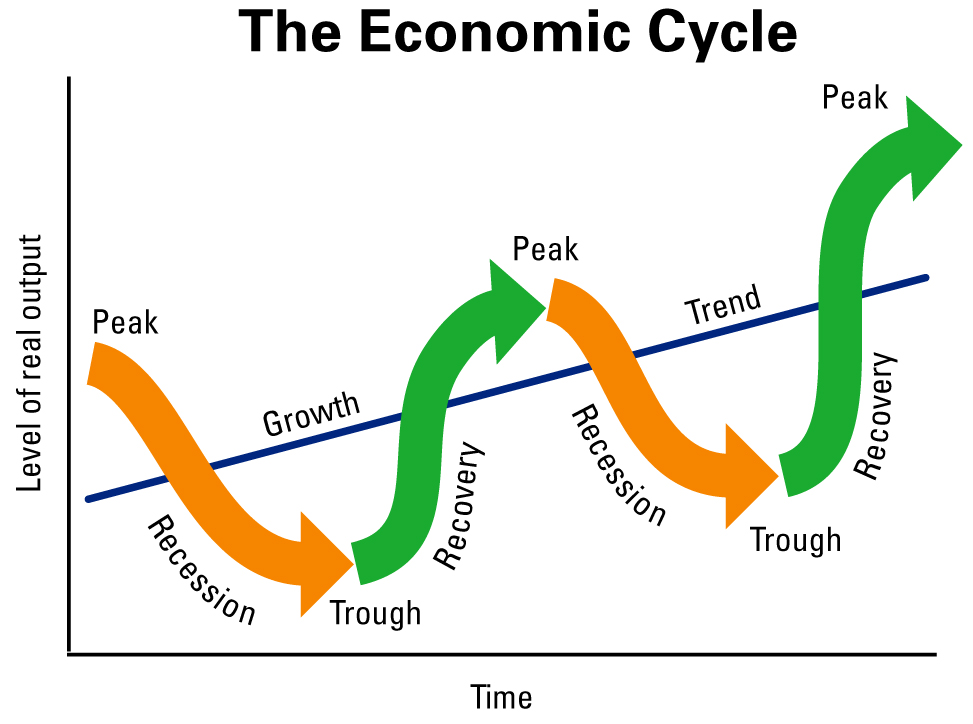
/businesscycle-013-ba572c5d577c4bd6a367177a02c26423.png)

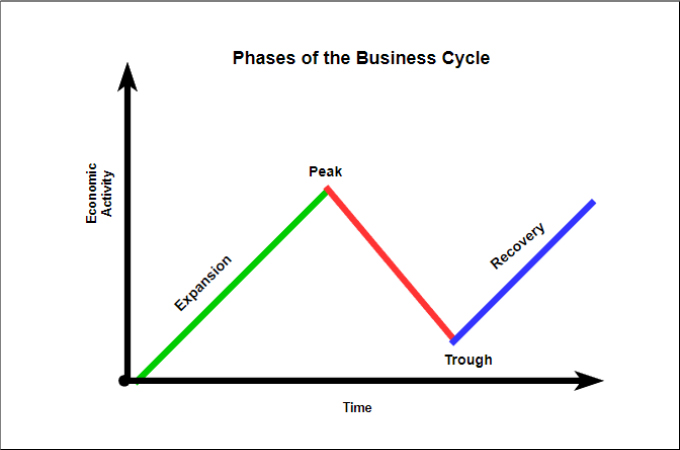

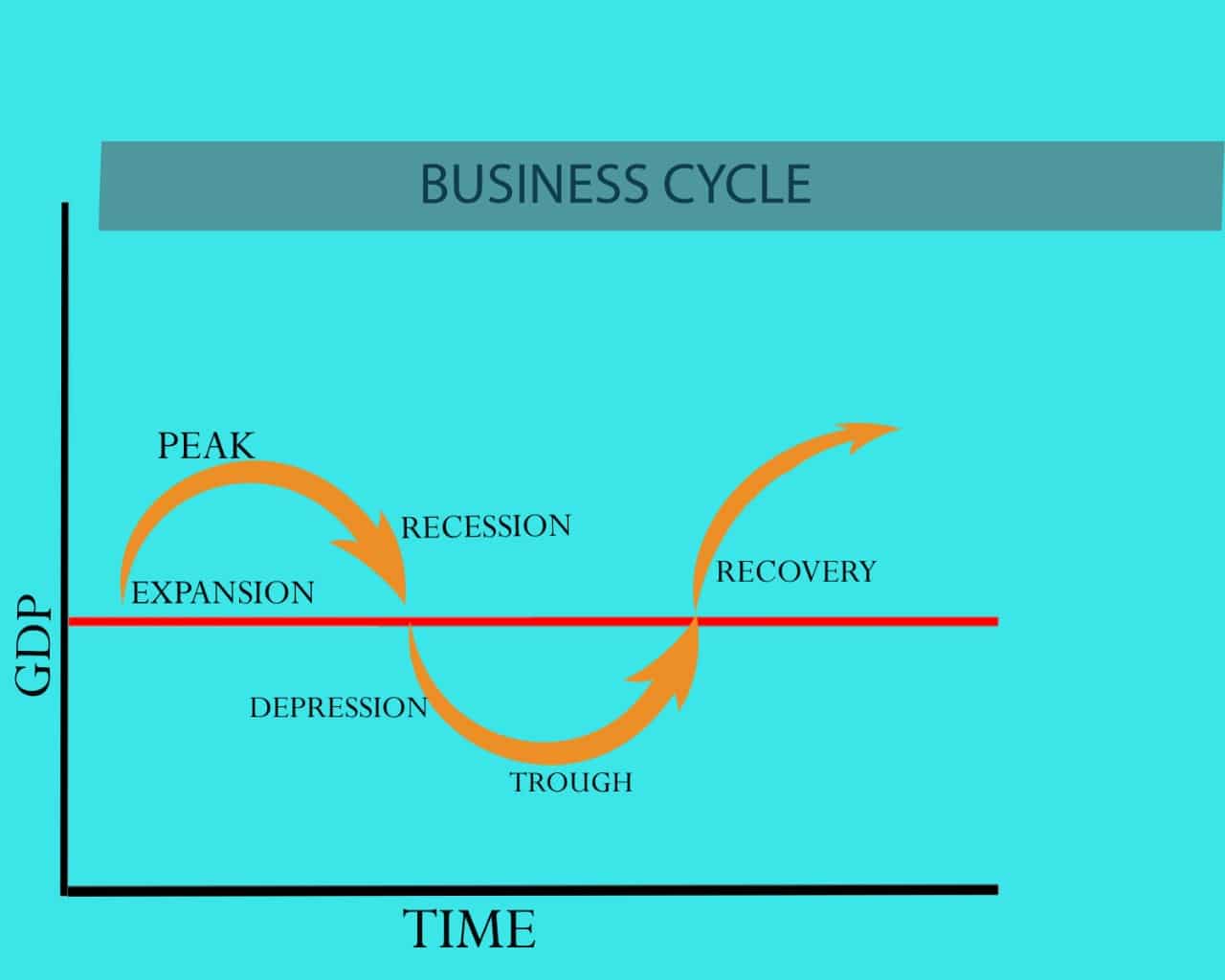


:max_bytes(150000):strip_icc()/Term-Definitions_Economic-cycle-caf22d58aef949fcb919389e16db647a.jpg)
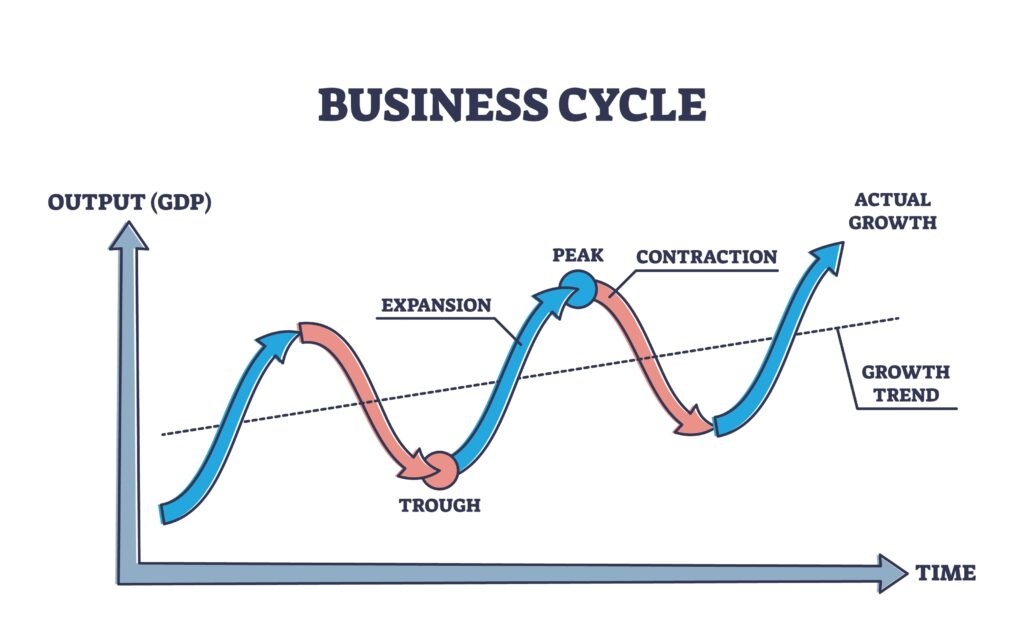
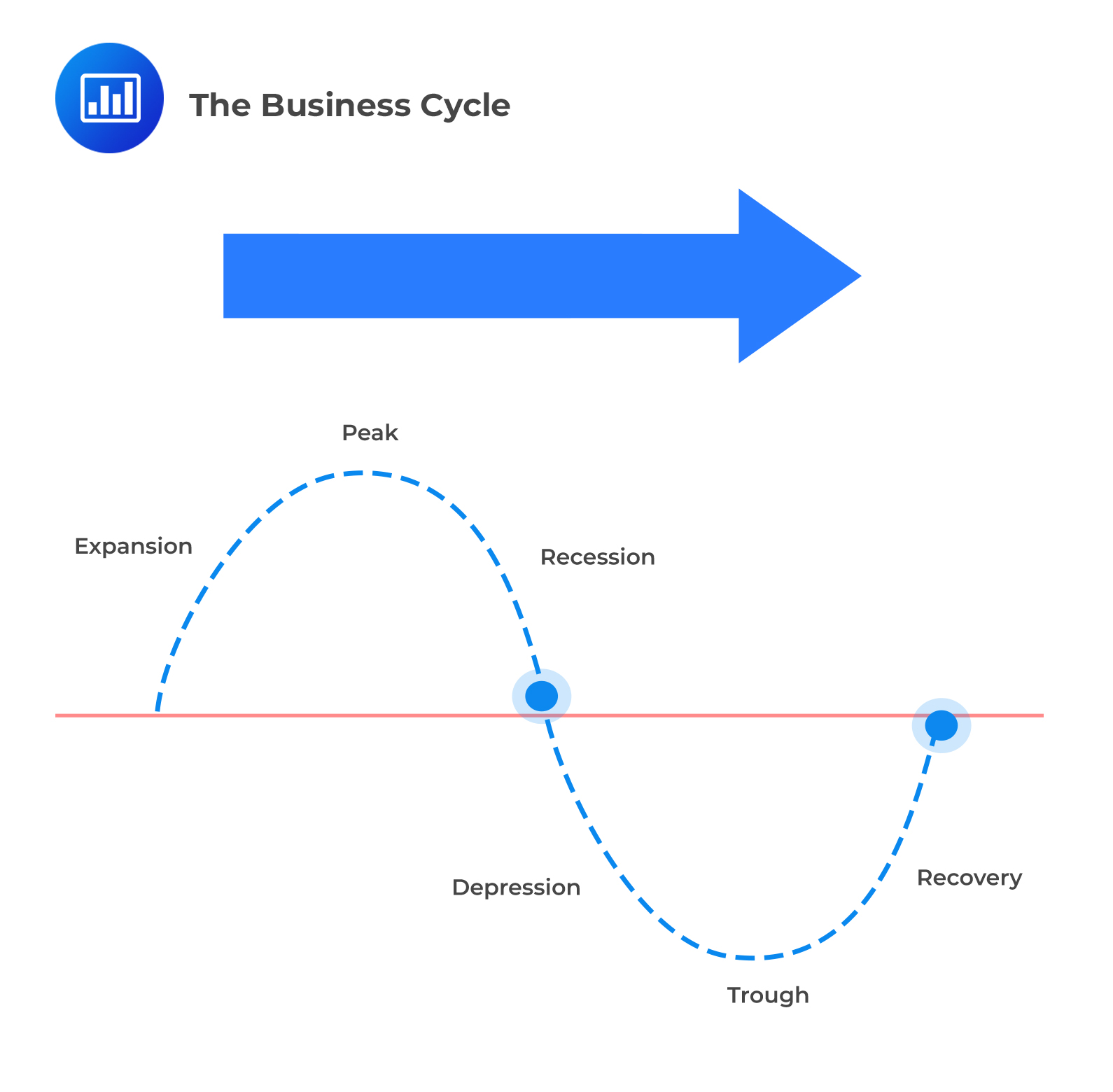
:max_bytes(150000):strip_icc()/businesscycle-013-ba572c5d577c4bd6a367177a02c26423.png)
